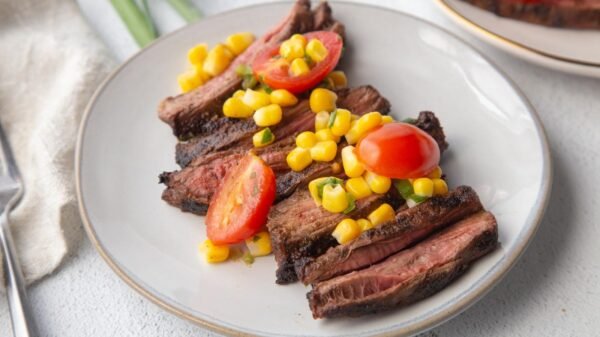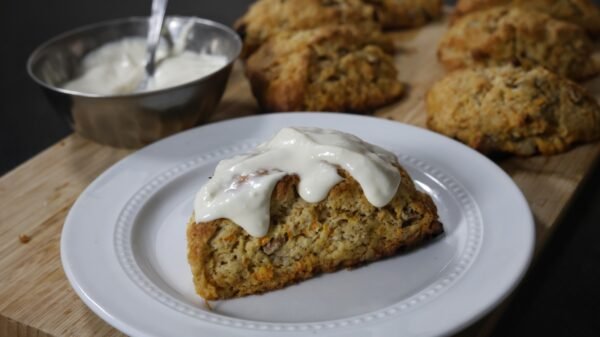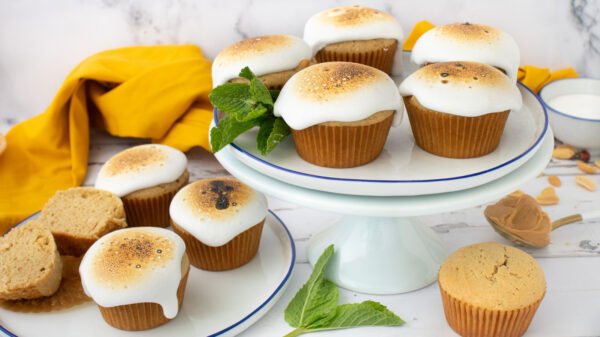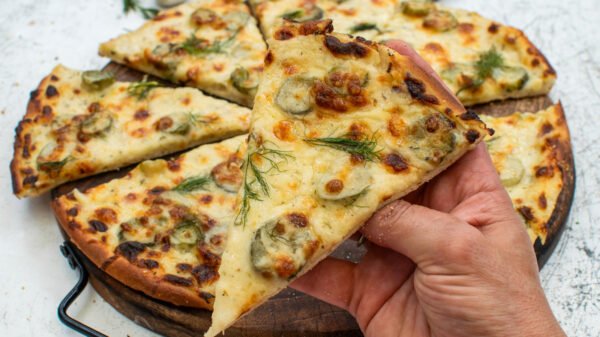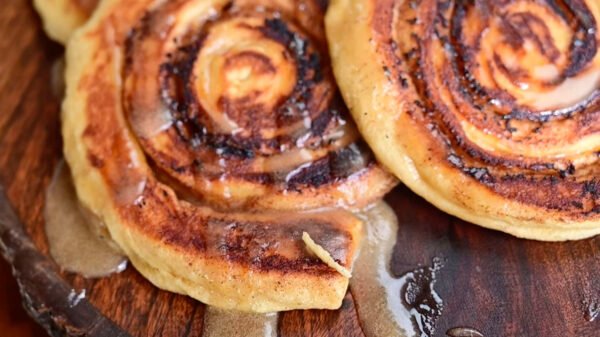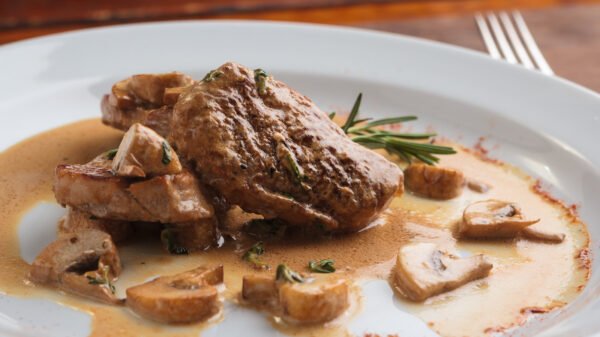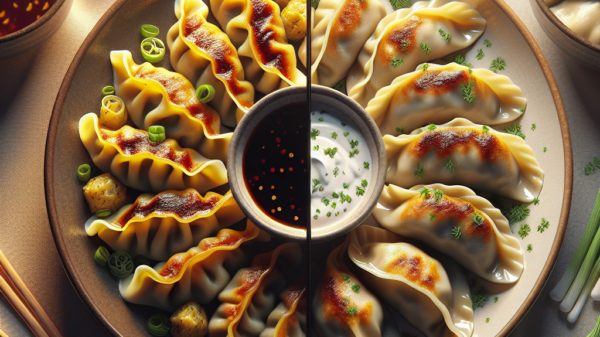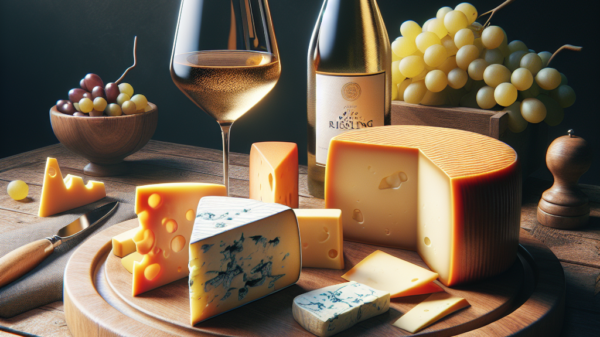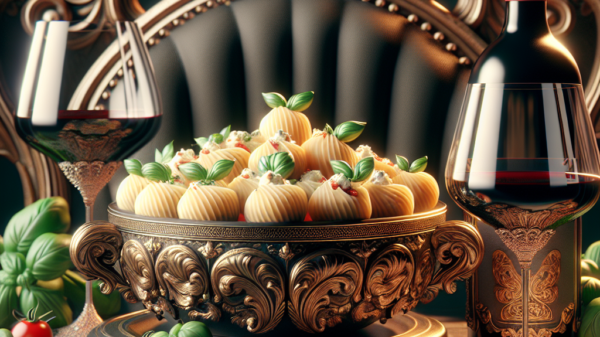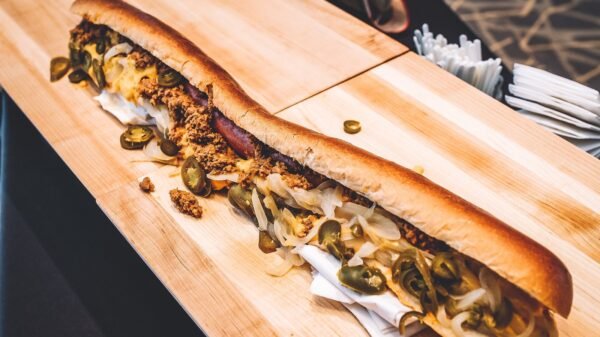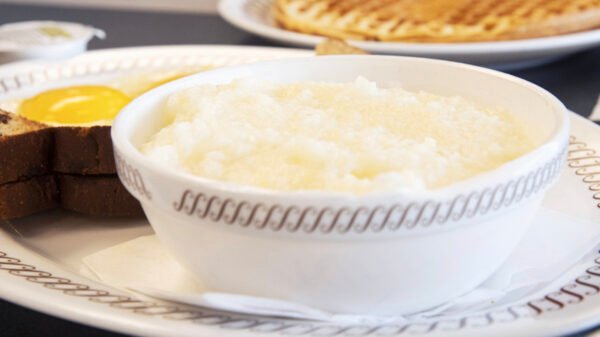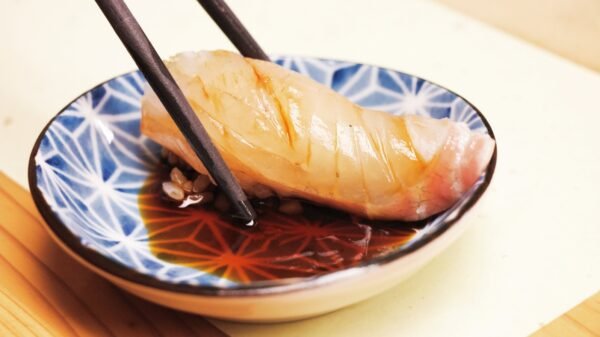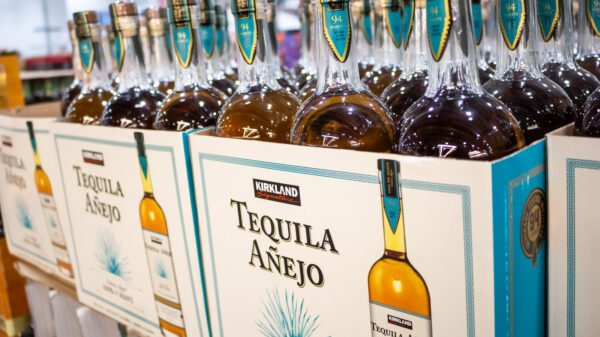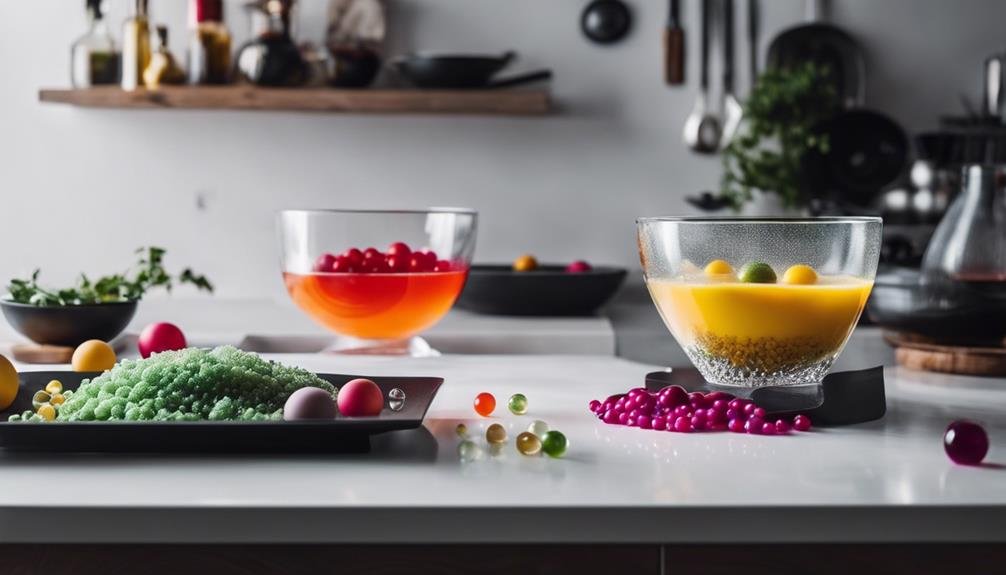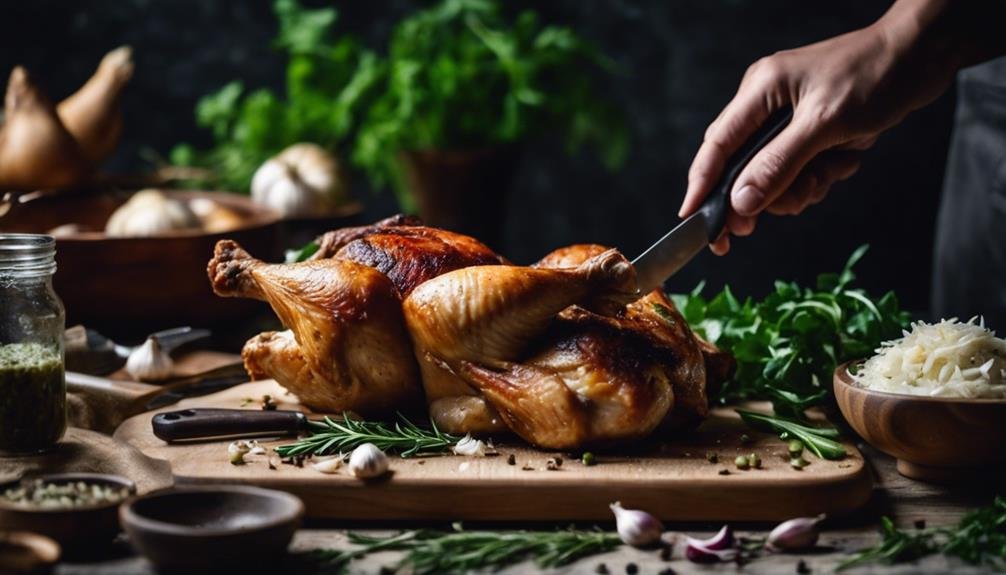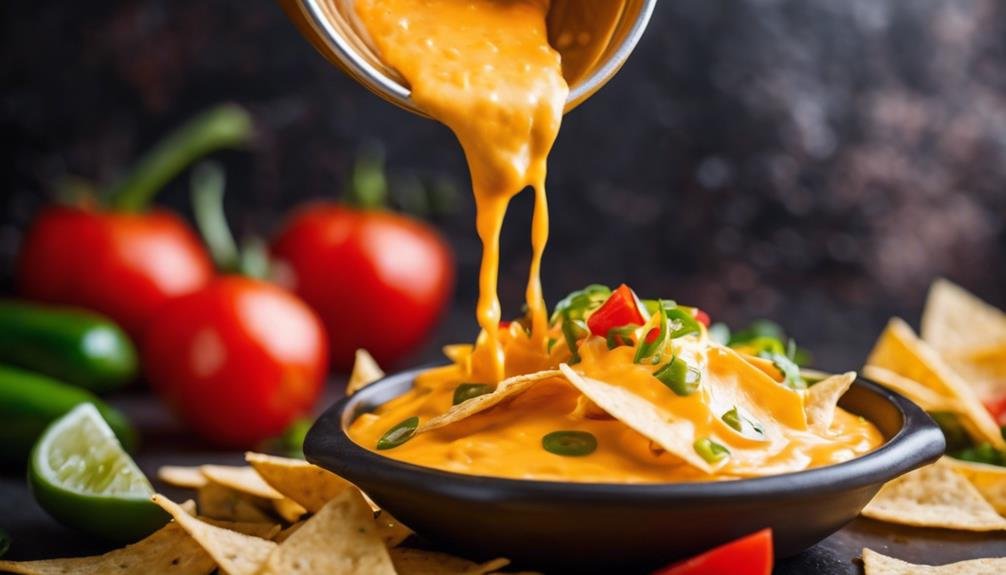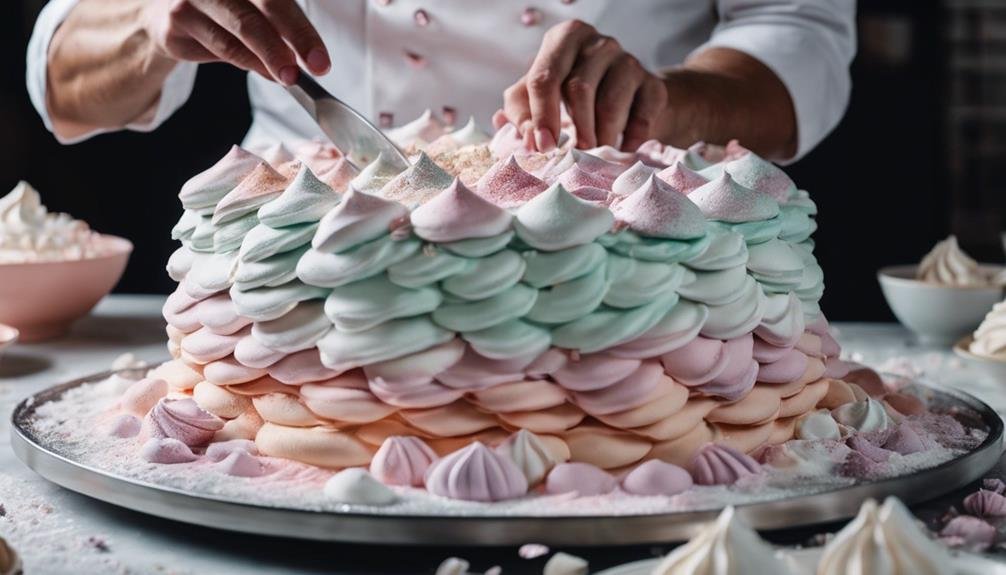Imagine turning your kitchen into a culinary laboratory where a simple olive oil transforms into a delicate, floating sphere. That’s the magic of molecular gastronomy, and guess what? You don’t need a PhD in chemistry to make it happen.
‘Molecular Cooking Made Simple: A Beginner’s Guide’ demystifies this avant-garde cuisine, proving that you can create dishes that dazzle both the eye and the palate with a pinch of curiosity and the right guide.
But why stop at olive oil spheres? A whole world of textures and flavors is waiting to elevate your cooking from mundane to extraordinary. Are you curious? Let’s explore this culinary adventure together, shall we?
Molecular Cooking Key Takeaways
- Molecular gastronomy blends science and art to transform taste, texture, and food presentation.
- Essential tools include pipettes, syringes, and specialized ingredients like Agar Agar.
- Basic techniques involve spherification, emulsification, and sous-vide to elevate culinary skills.
- Flavor innovation through unusual pairings and advanced techniques offers extraordinary dining experiences.
Understanding Molecular Gastronomy
Molecular gastronomy, the culinary world’s fusion of science and art, turns your kitchen into a laboratory where every ingredient has the potential to create a masterpiece. You’re not just beginning on a creative adventure, pushing the boundaries of taste, texture, color, and aroma. Imagine transforming liquids into edible pearls or crafting dishes that smoke, foam, or change flavors as you eat them. That’s the magic of molecular gastronomy.
This innovative approach to cooking emphasizes techniques like spherification, emulsification, and the creation of gels and foams. You’ll learn to play with the chemical reactions between ingredients to achieve surprising effects. It’s about elevating the dining experience, making each meal an event that delights and astonishes your guests.
But don’t be intimidated by the science; at its heart, molecular gastronomy is about curiosity and experimentation. It invites you to explore the unknown and to experiment with textures and flavors in ways traditional cooking doesn’t. With a bit of practice, you’ll transform your culinary creations into works of art, proving that imagination is your most valuable tool in the kitchen, as in a lab.
Essential Tools and Ingredients
Diving into the world of molecular gastronomy, you’ll find that a handful of specialized tools and ingredients become your best allies in transforming ordinary meals into extraordinary experiences. With pipettes and syringes in hand, you’re no longer just a cook but a culinary wizard, conjuring up delights that defy expectations. Precision is your mantra, and digital scales become as essential as your chef’s knife, ensuring every gram of Sodium Alginate or Xanthan Gum is measured to perfection.
Your kitchen morphs into a lab with the addition of a Sous Vide machine and Whipping Siphon, tools that sound futuristic and empower you to cook with the accuracy of a scientist. These aren’t mere gadgets; they’re your tickets to a world where food textures and flavors are limited only by imagination. Ingredients like Calcium Lactate and Agar Agar, once alien, are now your secret weapons in the arsenal of modernist cooking.
Embrace the role of a culinary innovator, where Gelling Agents and Molecular Gastronomy converge to craft dishes that are as visually stunning as they’re delicious. Welcome to the revolution; your adventure in molecular cooking has just begun.
Basic Techniques Explained
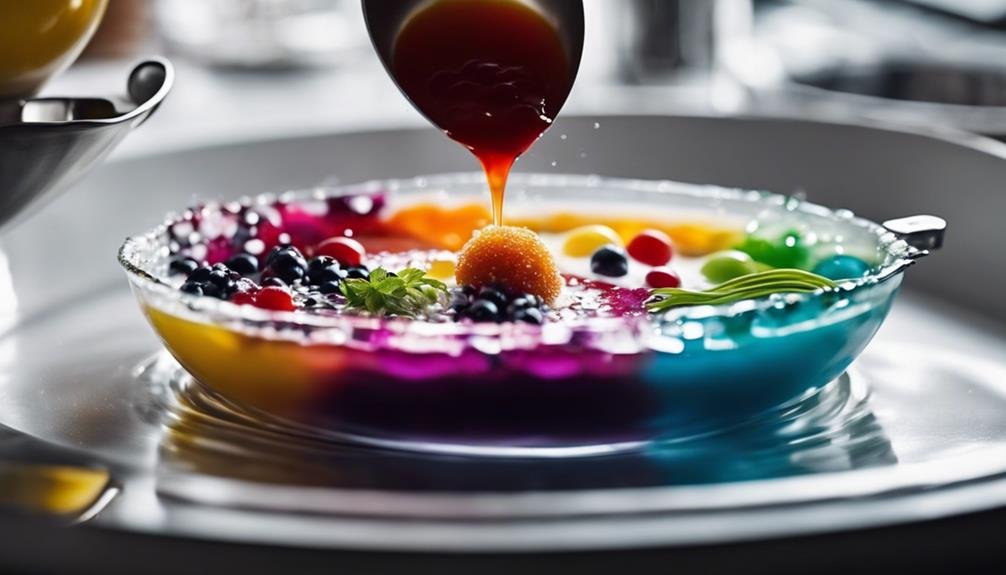
Why not start your culinary adventure by mastering the art of turning everyday liquids into mesmerizing spheres of flavor through spherification? With a sprinkle of sodium alginate and a dash of calcium chloride, you’ll be popping these delightful orbs into enthusiastic mouths in no time. But why stop there? Molecular gastronomy offers an array of techniques to wow your guests and tantalize their taste buds.
Here’s a peek at three basic methods you ought to try:
- Spherification: Combine your favorite juices with sodium alginate, then drop into a calcium chloride bath to create fruit caviar. These tiny, flavorful spheres burst in the mouth, delivering a unique sensory experience.
- Foams and Froths: Mixing liquids with gelling agents like agar-agar and aerating them using a whipping siphon charged with nitrous oxide lets you whip up light, airy foams that add an elegant touch to any dish.
- Sous-vide Cooking: Seal your ingredients in a vacuum bag and cook them perfectly in a controlled water bath. This method guarantees even cooking and preserves your food’s flavors, textures, and nutrients.
Armed with soy lecithin, agar-agar, and some science, you’re set to elevate your cooking game. Who knew playing with your food could be so sophisticated?
Flavor Pairing Fundamentals
After exploring the foundational techniques of molecular gastronomy, let’s shift our focus to the art of flavor pairing, where the real magic happens in creating unforgettable dishes. You’re about to immerse yourself in a world where science meets the kitchen and where your culinary creativity can truly shine.
Flavor pairing isn’t just about what tastes good; it’s a science. Understanding which chemical compounds play well together allows you to open up new culinary possibilities and surprise your guests with innovative dishes they’ve never imagined. Think of it as matchmaking for your taste buds!
Here’s a quick guide to get you started:
| Ingredient 1 | Ingredient 2 | Why They Work Together |
|---|---|---|
| Chocolate | Blue Cheese | Shared aromatic compounds create surprising flavors. |
| Strawberry | Basil | Complementary aromatic compounds enhance each other |
| Salmon | Licorice | Unique combination opens up new flavor combinations |
These are just the beginning. As you experiment with flavor pairing, you’ll develop a deeper appreciation for the science behind taste. Don’t be afraid to try bold, unconventional pairings. Molecular gastronomy is about exploring the unexplored and turning the ordinary into extraordinary. So, mix, match, and marvel at the delicious, surprising flavors you can create!
Advanced Techniques Overview
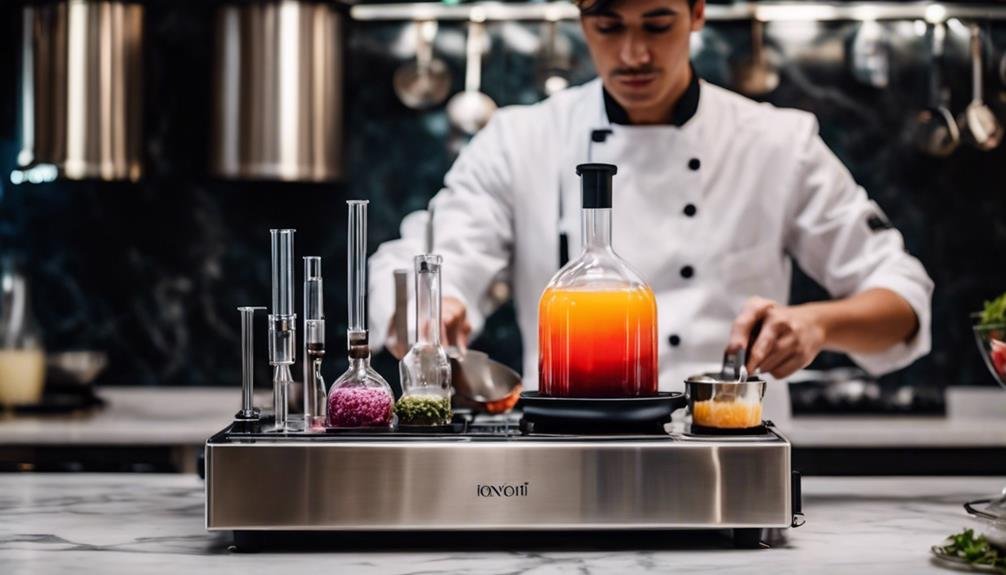
As we venture further into the domain of molecular gastronomy, let’s unravel the advanced techniques that transform ordinary ingredients into culinary masterpieces. You’re not just cooking; you’re about to begin a journey that marries science with the art of food, guaranteeing every bite is an adventure.
Here are three advanced techniques that’ll elevate your culinary game:
- Sous Vide Cooking: Imagine cooking your ingredients in a vacuum-sealed bag submerged in a water bath at precise temperatures. This method guarantees flavors are locked in, textures are perfected, and every dish comes out consistently mouthwatering.
- Deconstruction: Here’s where you play culinary detective, breaking down classic dishes to their core elements and then reassembling them in innovative presentations. It’s all about surprising the palate with familiar flavors in unfamiliar forms.
- Liquid Nitrogen Usage: Ready to see some smoke in your kitchen? Utilizing liquid nitrogen allows you to freeze ingredients instantly, creating a visual spectacle and enabling cool textures.
With these techniques, you’re not just serving meals but crafting experiences. Plunge into the world of sous vide cooking, deconstruction, and liquid nitrogen to open up new dimensions of textures, temperatures, and tantalizing flavors. Get ready to amaze with every plate!
Frequently Asked Questions
Can You Do Molecular Gastronomy at Home?
Yes, you can perform molecular gastronomy at home. You can create extraordinary dishes that amaze anyone in your kitchen by utilizing simple tools such as a whisk and a blender and sourcing ingredients online.
What Is the Basics of Molecular Gastronomy?
Molecular gastronomy is the practice of combining the principles of science with the art of cooking to transform the taste, texture, and presentation of food. It involves using specialized tools such as pipettes and unique ingredients like sodium alginate to create culinary innovations that offer a new, sensory experience.
What Are the Negatives of Molecular Gastronomy?
Molecular gastronomy, despite its innovative approach to cooking, has its own set of drawbacks. One major challenge is finding specific ingredients that are often required, which can be a significant hassle. Furthermore, the frequent reliance on additives like Xanthan Gum may restrict your culinary creativity. Another downside is that guides and recipes for molecular gastronomy often lack vivid, colorful photographs, diminishing your excitement and inspiration for the cooking process.
What Is the Difference Between Molecular Cooking and Traditional Cooking?
Molecular cooking, also known as molecular gastronomy, diverges from traditional cooking by integrating scientific principles to transform the textures and flavors of food, creating innovative dishes. It often employs techniques like spherification and uses tools such as liquid nitrogen. Traditional cooking, on the other hand, relies on conventional methods and tools like ovens and stoves, focusing on preserving the authentic tastes and techniques passed down through generations.
Conclusion
So, you’ve dived into the mesmerizing world of molecular gastronomy with ‘Molecular Cooking Made Simple: A Beginner’s Guide.’ You’re now armed to the teeth with the know-how to whip up culinary marvels that’ll leave your guests wide-eyed.
Remember, it’s not just about the fancy techniques or the exotic ingredients; it’s about the adventure in every bite. Go on, transform your kitchen into a flavor lab. Who needs color photos when you’re painting with taste?
Welcome to the future of cooking, chef!


